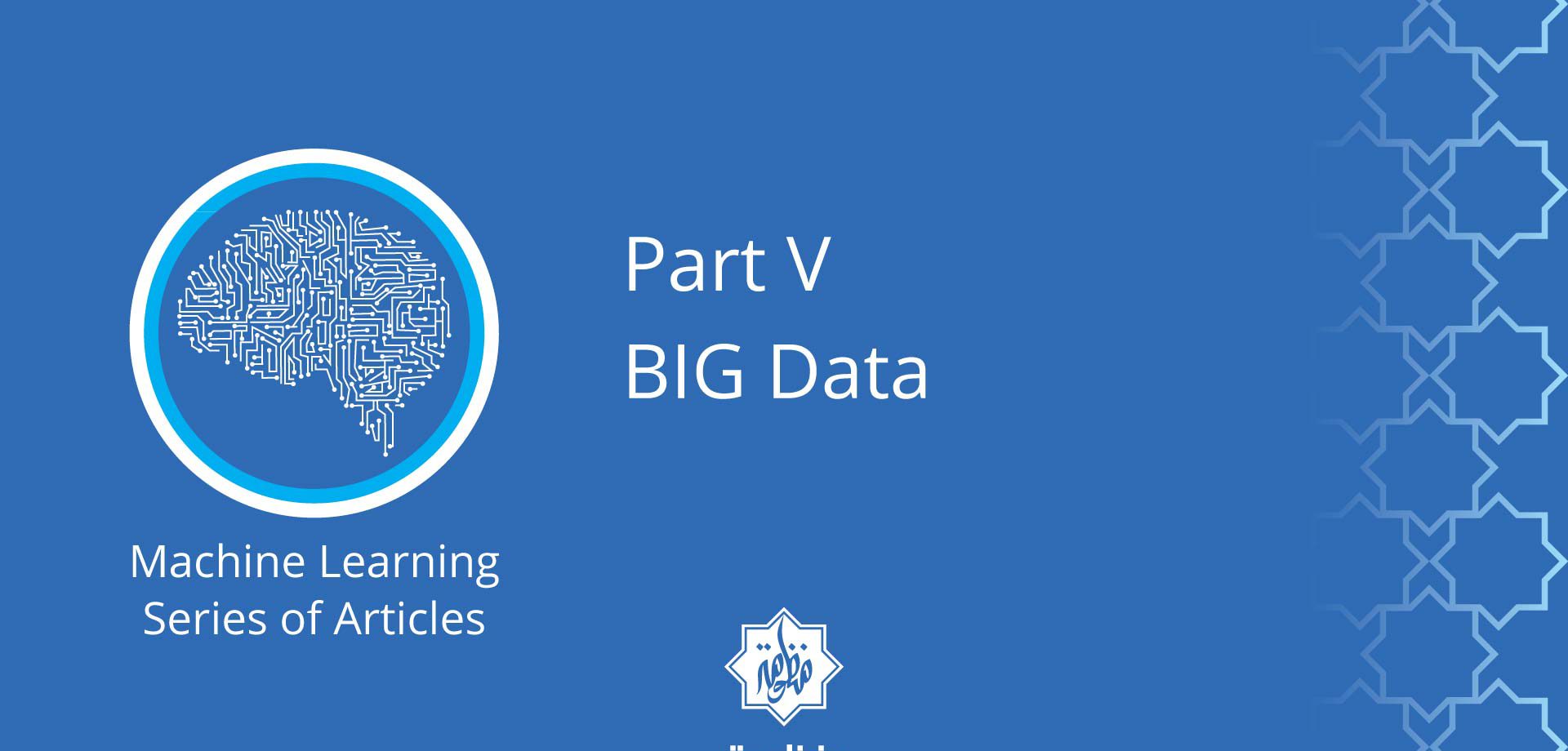Big data describes datasets that are so large, complex, or rapidly changing that they push the very limits of our analytical capability.
It’s a subjective term: What seems “big” today may seem modest in a few years when our analytic capacity has improved.
While big data can be about anything, the most important kinds of big data — and perhaps the only ones worth the effort — are those that can have a big impact through what they tell us about society, public health, the economy, scientific research, or any number of other large-scale subjects.
(Joel Gurin Author of Open Data Now).
Big Data 3Vs
Volume
The quantity of generated and stored data. The size of the data determines the value and potential insight- and whether it can actually be considered big data or not.
Variety
The type and nature of the data. This helps people who analyze it to effectively use the resulting insight.
Velocity
In this context, the speed at which the data is generated and processed to meet the demands and challenges that lie in the path of growth and development.
Why is big data analytics important?
Big data analytics helps organizations harness their data and use it to identify new opportunities. That, in turn, leads to smarter business moves, more efficient operations, higher profits and happier customers. In his report Big Data in Big Companies, IIA Director of Research Tom Davenport interviewed more than 50 businesses to understand how they used big data. He found they got value in the following ways:
Cost reduction. Big data technologies such as Hadoop and cloud-based analytics bring significant cost advantages when it comes to storing large amounts of data – plus they can identify more efficient ways of doing business.
Faster, better decision making. With the speed of Hadoop and in-memory analytics, combined with the ability to analyze new sources of data, businesses are able to analyze information immediately – and make decisions based on what they’ve learned.
New products and services. With the ability to gauge customer needs and satisfaction through analytics comes the power to give customers what they want. Davenport points out that with big data analytics, more companies are creating new products to meet customers’ needs.
(SAS)


